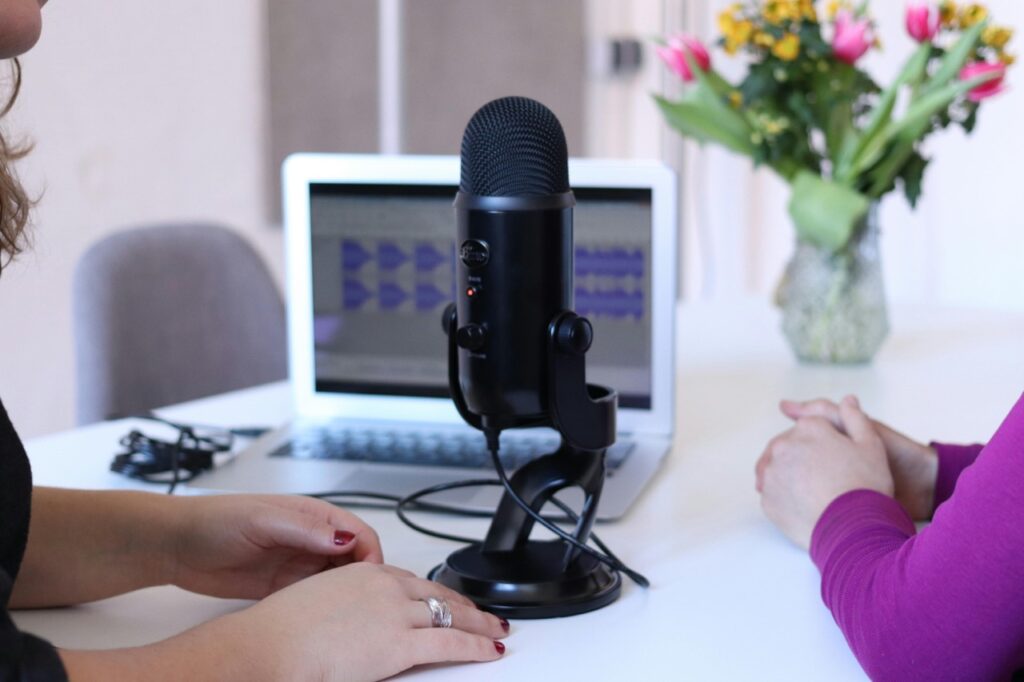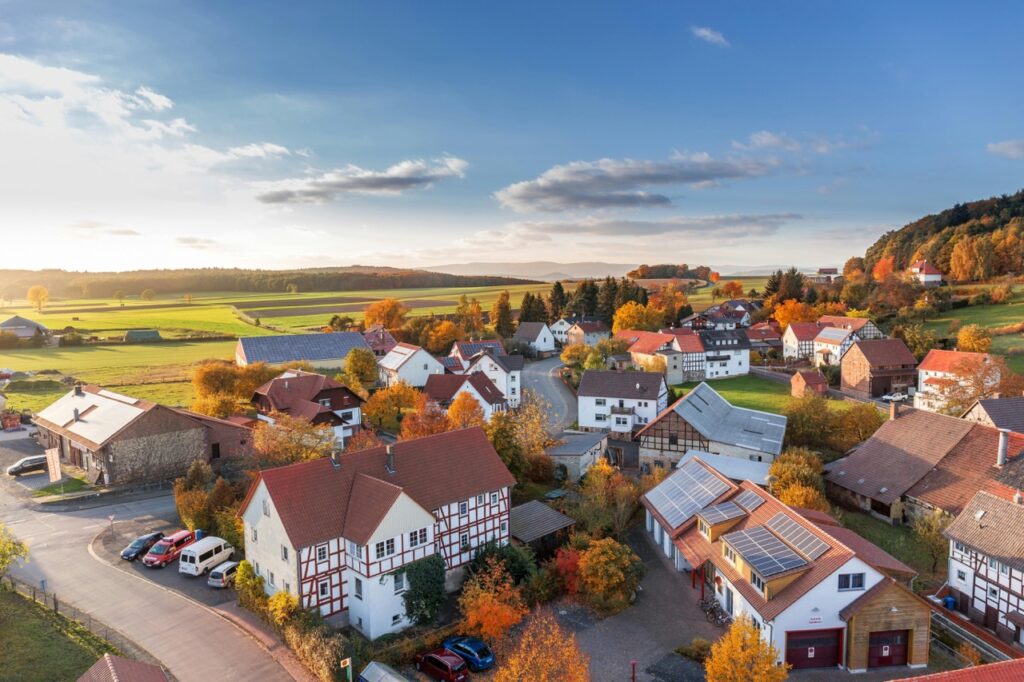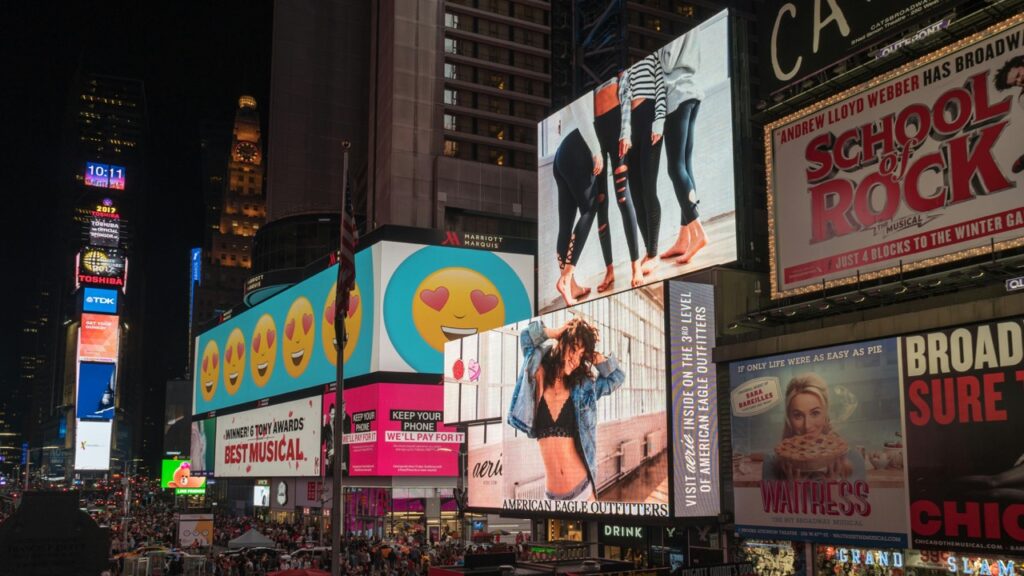11 May 2025

Introduction: From Noise to Connection
In 2025, amid an information-saturated world, trust in traditional media continues to decline. A staggering 42% of people now distrust mainstream news sources (Reuters Institute, 2024). With algorithms dictating visibility and polarised content dominating feeds, communities are yearning for something more personal, authentic, and rooted in shared local experience.
This yearning has given rise to a quiet revolution in media: newsletters and podcasts. These intimate, direct channels are rebuilding the broken bridge between storytellers and communities, especially at the hyper-local level. For towns and boroughs across Hertfordshire—from Broxbourne to St Albans—this shift is not just about media consumption, it’s about reimagining community connection.
Let’s explore how this transformation is reshaping the way people engage, how businesses can thrive through it, and why platforms like Hertstown and Broxtown are leading the way.
1. The Fall of Mass Media and the Rise of Trust-Driven Channels
Mass media’s one-size-fits-all approach has eroded trust over time. Social media, once hailed as a democratic platform, is now blamed for distorting news and deepening divides. The result? Audiences are turning away.
Instead, owned media—newsletters and podcasts—have stepped in to rebuild these relationships. Unlike rented platforms like Facebook or X (formerly Twitter), newsletters and podcasts offer:
- Full control over messaging
- Direct access to the audience (no algorithms gatekeeping visibility)
- A high-trust environment where readers and listeners choose to engage
Case in Point: The Hustle started as a business newsletter and grew to 1.5M subscribers, ultimately acquired by HubSpot, by treating readers as insiders, not spectators.
2. Why Newsletters Are Local Media’s Secret Weapon

There’s something uniquely powerful about the inbox—it’s personal, private, and free of the clutter of a social feed.
- Niche newsletters enjoy open rates of 60%+, compared to the average brand email at 20–30% (Mailchimp, 2025).
- Subscribers aren’t scrolling past; they’re actively choosing to read.
In the UK, hyper-local newsletters like The Mill in Manchester have built thousands of paid subscribers, showing that good journalism rooted in place still matters.
Business Impact: Local advertisers report 20–50% sales increases when featured in curated sections like event roundups or weekend guides. Compared to radio or print, the cost per impact is significantly lower.
3. The Podcasting Boom: Why Voice Builds Deeper Community

Podcasts have carved out a space for long-form, emotionally resonant storytelling. When someone listens to a host weekly, a relationship forms—often stronger than what a reader might feel with written news.
- The Daily by The New York Times draws over 4 million daily downloads—not through breaking news, but by humanising it.
- Locally, podcasts like The Bowery Boys turn city history into global content, proving that local stories have wide appeal.
For community-focused platforms, podcasting means:
- Building bonds with the audience
- Hosting live events that bring people together
- Giving a voice to local stories often overlooked
4. Hidden Wins: What Newsletters and Podcasts Do for Communities

🔍 Rediscovering What’s Already Here: A neighbourhood newsletter features a small business grant, and applications triple. A podcast promotes a local event, and turnout spikes 40%. These aren’t just content wins—they’re community wins.
🏪 Helping Local Businesses Thrive: One local café featured in a newsletter saw a 25% spike in weekend foot traffic. Another business offered a discount code through a podcast and saw a redemption rate 5x higher than social media ads.
🏗️ Sustainability for Local Media Creators: Substack reports that 25% of writers earning over £100,000 annually focus on local or niche content. Community-supported media is becoming not just viable—but profitable.
5. What’s Next: Emerging Trends in Local Media

🚀 Hybrid Content Models – Newsletters, podcasts, and live events blend into one brand experience. Example: Morning Brew hosts subscriber-only meetups.
🧠 AI Personalisation – Tools like ChatGPT are being used to create customised emails that match user interests, boosting engagement and retention.
🙌 User-Generated Ecosystems – Readers and listeners become contributors, sending in event tips, recommendations, and even articles.
6. What This Means for Hertfordshire

Across Hertfordshire, this media evolution is being embraced by platforms like Hertstown and Broxtown. These hyper-local newsletters are designed to reconnect towns with what’s happening in their backyards—from planning updates and local politics to charity drives and business spotlights.
With a rapidly growing subscriber base, these newsletters are proving that local stories still have power—especially when told consistently, authentically, and directly.
For local businesses, this isn’t just a content trend—it’s a chance to be seen by real, engaged residents who care about their community. Whether you’re running a fitness studio in Broxbourne or a florist in St Albans, the opportunity to reach thousands of inboxes is one click away.
Final Takeaway: This Is More Than Media—It’s a Movement
The shift to newsletters and podcasts isn’t just about convenience. It’s about restoring trust, amplifying local voices, and building communities that care. In an era where people crave connection more than content, those who deliver both will lead the future.
📣 Local Business in Hertfordshire, England? Promote your products, services, or events directly to thousands of engaged readers through Hertstown and Broxtown.
📝 Click here to book your ad spot or request a media pack
🎯 Reach your audience. Build your brand. Grow your local impact.





